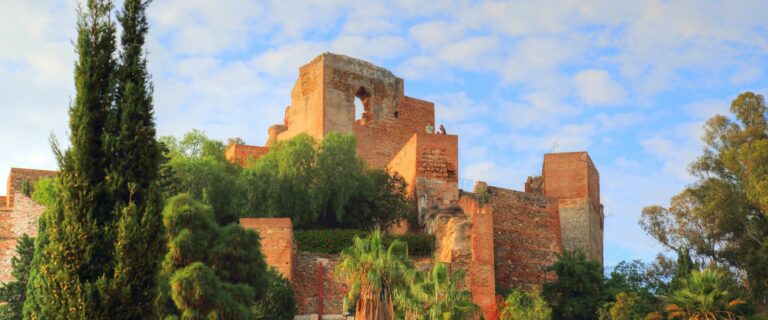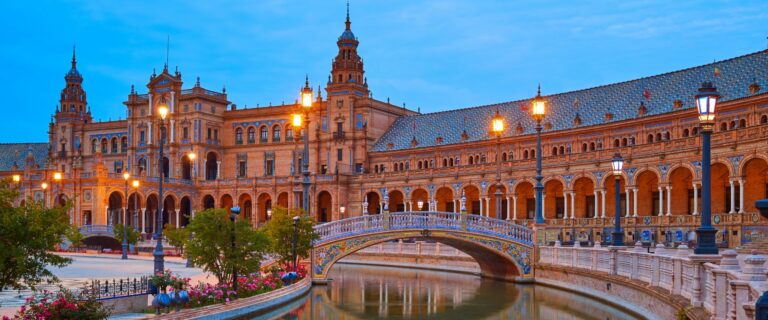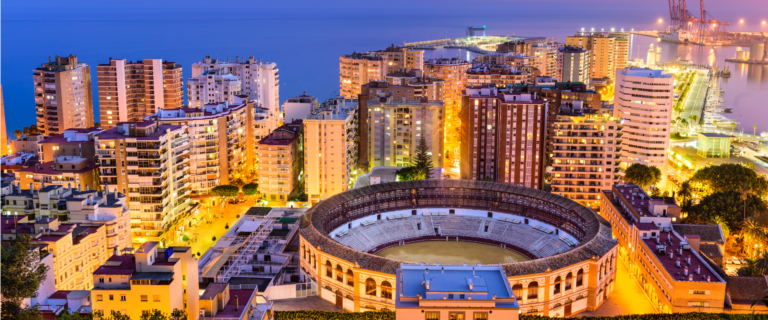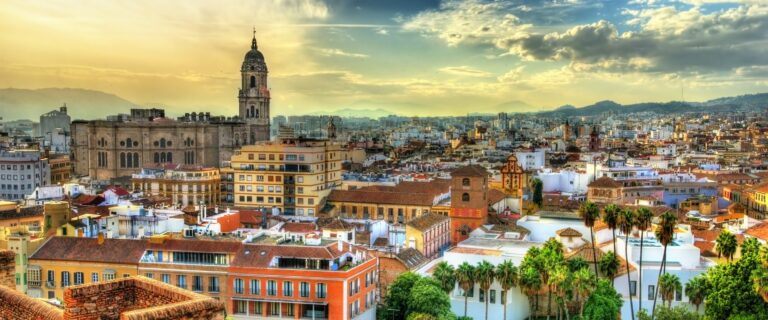Curiosities about Málaga that you may not know
Curiosities about Málaga that you may not know
Malaga hides behind its streets stories and peculiarities that not everyone knows. Beyond its evident beauty, this city holds secrets that take us back in time and make us appreciate it even more. On this journey through the curiosities of Málaga that you may not know, we invite you to discover some of the hidden treasures that make this city a truly fascinating destination.
From its Phoenician legacy to modern-day curiosities, get ready to be surprised and fall even more in love with this charming Andalusian city. Join us on this journey full of surprises!
Its Phoenician origin.
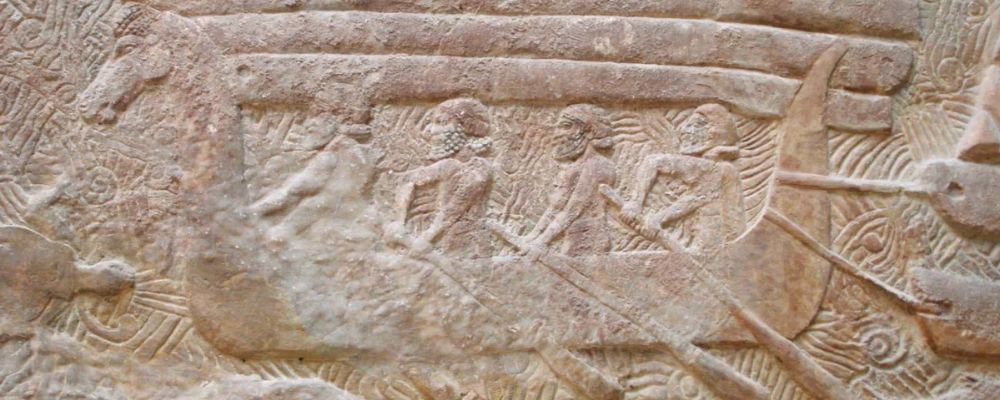
At the heart of the Andalusian coast, Málaga stands as a city that has played a crucial role in Mediterranean history. Málaga was founded by the Phoenicians in the 8th century BC, and in ancient times, it was known as ‘Malaka’. The Phoenicians chose this location for its strategic position on the coast.
Today, it is fascinating to discover how these ancient civilizations left an indelible mark on the city. From its foundation over two millennia ago to the palpable influence on culture, craftsmanship, and economy, the Phoenician legacy continues to be present in every corner of Málaga.
While strolling through its cobbled streets and taking in the views from the Alcazaba, it’s as if one can feel the presence of those intrepid sailors. Málaga, with its rich Phoenician history, reminds us that every stone, every alley, tells a story, and that the past still resonates in the present.
The Birth of Picasso
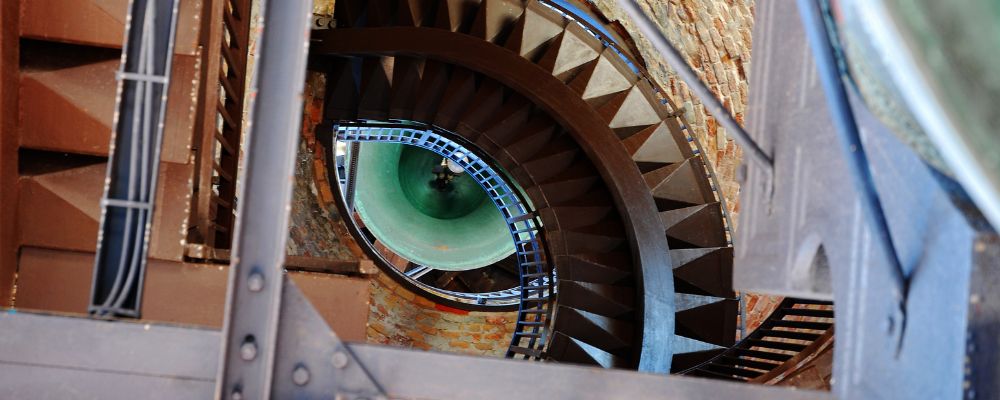
It’s astonishing to imagine that in the same cobbled streets and squares of Málaga, a young Pablo Picasso took his first steps in the world of art. Born on October 25, 1881 in a house on Plaza de la Merced, the child who would become one of the most influential painters of the 20th century came into the world in the heart of this Andalusian city.
The imprint of Málaga on Picasso’s life and work is undeniable; the colors, shapes, and landscapes of his childhood undoubtedly influenced his artistic career. The Picasso Foundation, which now occupies the place of his birth, is a tangible testimony to this legacy. Málaga, as the birthplace of Picasso’s creative genius, offers us the opportunity to delve into the origins of his great talent, a unique connection that further enriches the cultural fabric of this city.
The First Railroad in Spain

In 1854, Málaga became the epicenter of a revolution that would transform the way we move and connect. Here is where the first railroad in Spain was inaugurated. This monumental achievement not only shortened distances between Málaga, Vélez-Málaga, and Fuengirola, but also marked the beginning of a new era in transportation and communication in the country.
The roar of locomotives and the screeching of rails echoed through the hills of Málaga, solidifying this city as a starting point for the expansion of the railway network on the Iberian Peninsula.
The Unfinished Cathedral

The Cathedral of Málaga, known as “La Manquita,” is an architectural marvel that holds a fascinating peculiarity. While majestic in its Gothic-Renaissance splendor, the cathedral boasts a unique feature: its southern facade was never completed. This unusual detail gives it a distinctive charm, an asymmetrical symmetry that has intrigued visitors and admirers of architecture throughout the centuries.
The absence of a bell tower on that side of the cathedral gives “La Manquita” a unique personality, reminding us that sometimes beauty lies in imperfection and in the peculiarities that make each monument truly one-of-a-kind.
The Osborne Bull
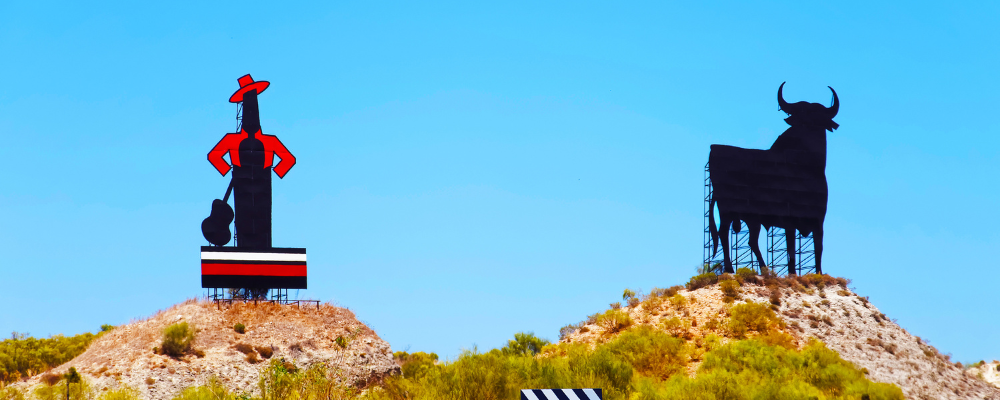
Along the roads of Andalusia, the imposing profile of the Osborne Bull stands tall as an emblem that we instantly recognize. What few people know is that this iconic symbol has its roots in Málaga. It was in these lands that the Osborne company decided to promote their brandy through gigantic bull-shaped billboards, a bold tribute to the culture and traditions of this region.
While the original bull from Málaga is no longer in its original location, its legacy endures as a tribute to advertising creativity and the cultural richness of this land. The Osborne Bull in Málaga is much more than a sign; it is a living testament to the fusion of art, advertising, and Andalusian identity that has left an indelible mark on the landscape of this beautiful city.
These are just some of the many curiosities that make Málaga such a special city. The next time you visit this charming city, you’ll surely see its streets with a new perspective!
We invite you to discover all the excursions we have for you by entering this link Runaway Experiences







